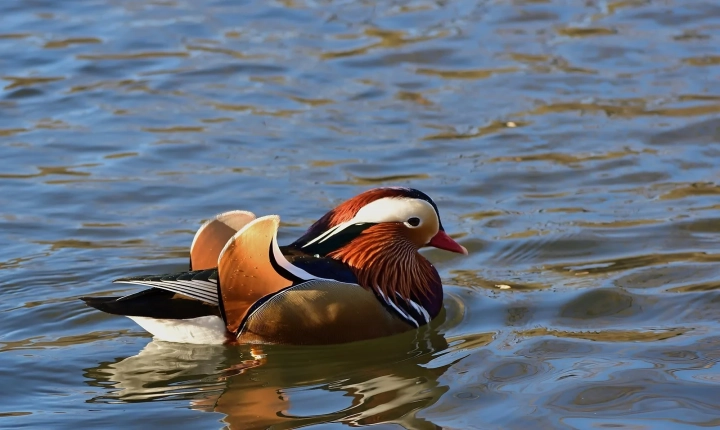Title: The Rise of AI-Generated Art: A Technological Revolution in Creativity
In recent years, the world has witnessed a surge in the development and use of artificial intelligence (AI) to create art. This innovation has taken the art world by storm, sparking discussions about the intersection of technology and creativity, as well as raising questions about the role of human artists in an increasingly automated world.
AI-generated art, also known as computational creativity, involves the use of algorithms and machine learning to produce visual, musical, and literary works. These AI systems are capable of analyzing vast amounts of data, identifying patterns, and generating original pieces of art based on the information they process.
One of the most notable examples of AI-generated art is the use of Generative Adversarial Networks (GANs), a type of deep learning model, to create visual content. GANs work by pitting two neural networks against each other, with one network generating images and the other network evaluating and providing feedback. This iterative process results in the creation of realistic and often breathtaking artwork that blurs the lines between human and artificial creativity.
The use of AI in art creation has sparked both enthusiasm and skepticism within the art community. Proponents of AI-generated art argue that these technologies have the potential to democratize creativity, allowing individuals without traditional artistic training to express themselves and contribute to the cultural landscape. Furthermore, AI can be used to aid artists in their creative process, offering new tools and methods to enhance their work.
On the other hand, critics raise concerns about the impact of AI-generated art on human artists and the authenticity of creativity. They argue that the essence of art lies in the human experience, emotions, and the unique perspective that each individual brings to their work. They fear that the proliferation of AI-generated art may devalue the role of human artists and lead to a homogenization of artistic expression.
Despite these debates, it is undeniable that AI-generated art has already made a significant impact on the art world. Museums and galleries around the world have showcased AI-generated artworks, and collectors have begun to take an interest in these innovative pieces. The blending of technology and art has led to new possibilities and discussions, pushing the boundaries of what is considered art and who can be an artist.
In conclusion, AI-generated art represents a transformative force in the world of creativity. With the ability to produce novel and captivating artworks, AI has the potential to redefine the way we perceive and engage with art. As technology continues to advance, it is imperative for the art community to embrace AI-generated art as a complement to, rather than a replacement for, human creativity. The future of art lies at the intersection of technology and the human experience, and AI-generated art is a testament to the endless possibilities that lie ahead.
